The Benefits of Unilateral & Balance Training for Triathletes & Runners
 Karen Parnell
December 01, 2021
Karen Parnell
December 01, 2021
.png)
The Benefits of Unilateral & Balance Training for Triathletes & Runners
If we analyse swimming, cycling and running we will see that most of the action is mainly focussed on one side at a time, so our body is constantly shifting power from our left side to our right side. To enable us to use power through these unilateral movements our core muscles need to be strong and engaged. Considering this it´s worth thinking about incorporating unilateral training into your strength and conditioning sessions.
Bilateral exercises like the standard squat are not a bad exercise but if you are training for a triathlon or duathlon event then a single leg squat, lunge or step-up may be a better use of your time at your gym or in your home gym.
You may have noticed that unilateral exercises are included in a lot of rehabilitation programs as they are an effective way to retrain muscle groups and to get your body to move in the way it should. But unilateral exercises are not just for rehab but also pre-hab and are an effective way to help avoid injury and increase your running, swimming and cycling power.
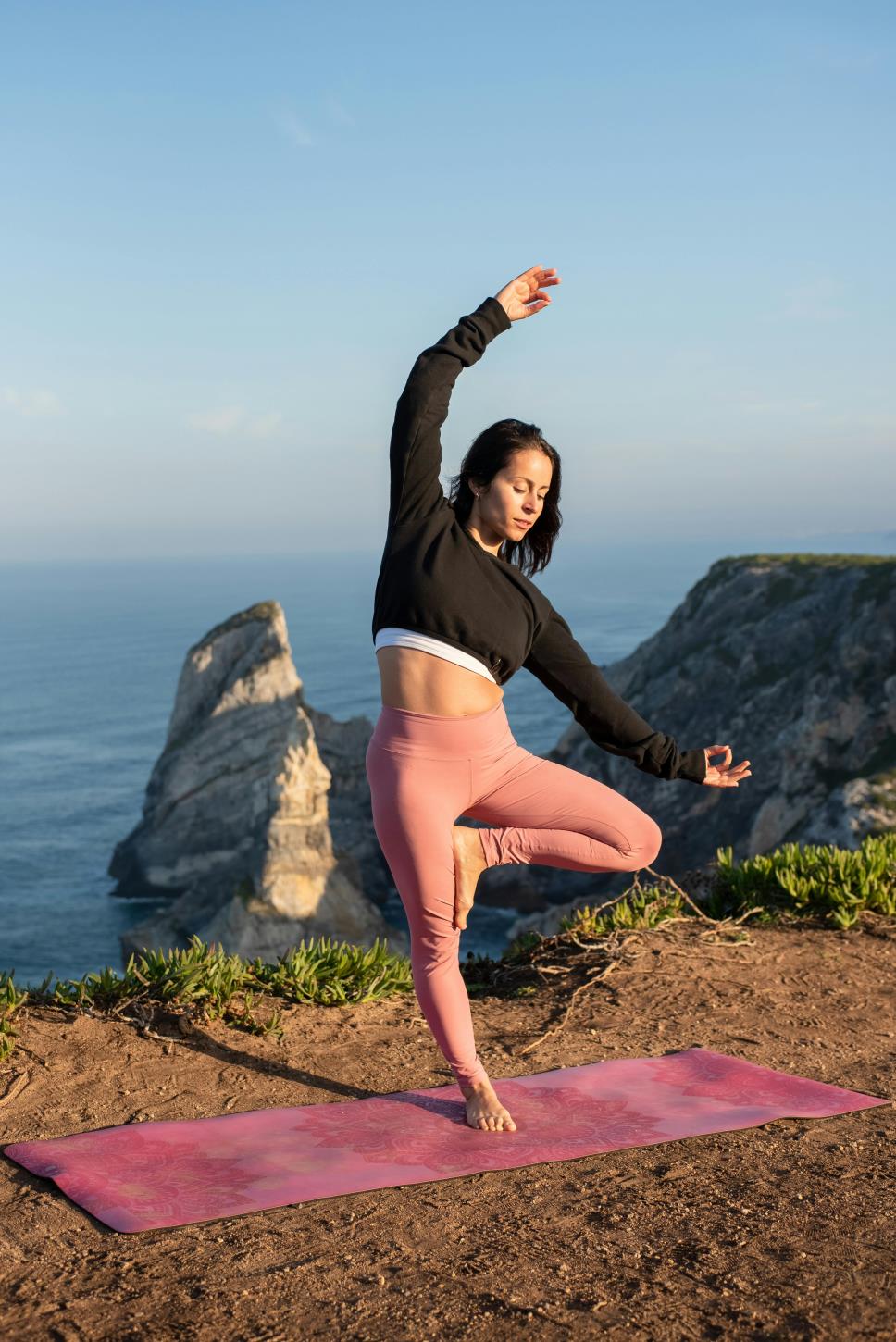
Get your FREE 23-Page Athletes Guide to Strength and Conditioning
Other benefits include:
- Helps to Reduce Muscle Imbalances by working the left and right side of your body with the same exercises and weighted load
- Improves Muscle Recruitment using your bodies cross-education effect
- Builds Functional Strength as the movements are more in line with movements needed for your sport
- Greater Workout Intensity as you don´t have to rest between sets as it´s a natural super set, left and right
- Naturally Incorporates Core Training
- Improves your balance (you will notice this as you work through the exercises). You can test how good your current balance is with these balance tests.
Unilateral Exercises
Unilateral exercises are single-leg or single-arm movements. The primary benefit of including unilateral exercises in your training programs is that it uses both sides of the body equally.
Low-impact, unilateral lower-body exercises include:
- Side lunge
- Forward lunge
- Backward lunge
- Single-leg or "pistol" squat
- Box step-up
Unilateral upper-body exercises include:
- Single-arm dumbbell shoulder presses or lateral raises
- Single-arm rows or chest presses
- Single-arm standing dumbbell rows
- Single-arm triceps extensions and biceps curls
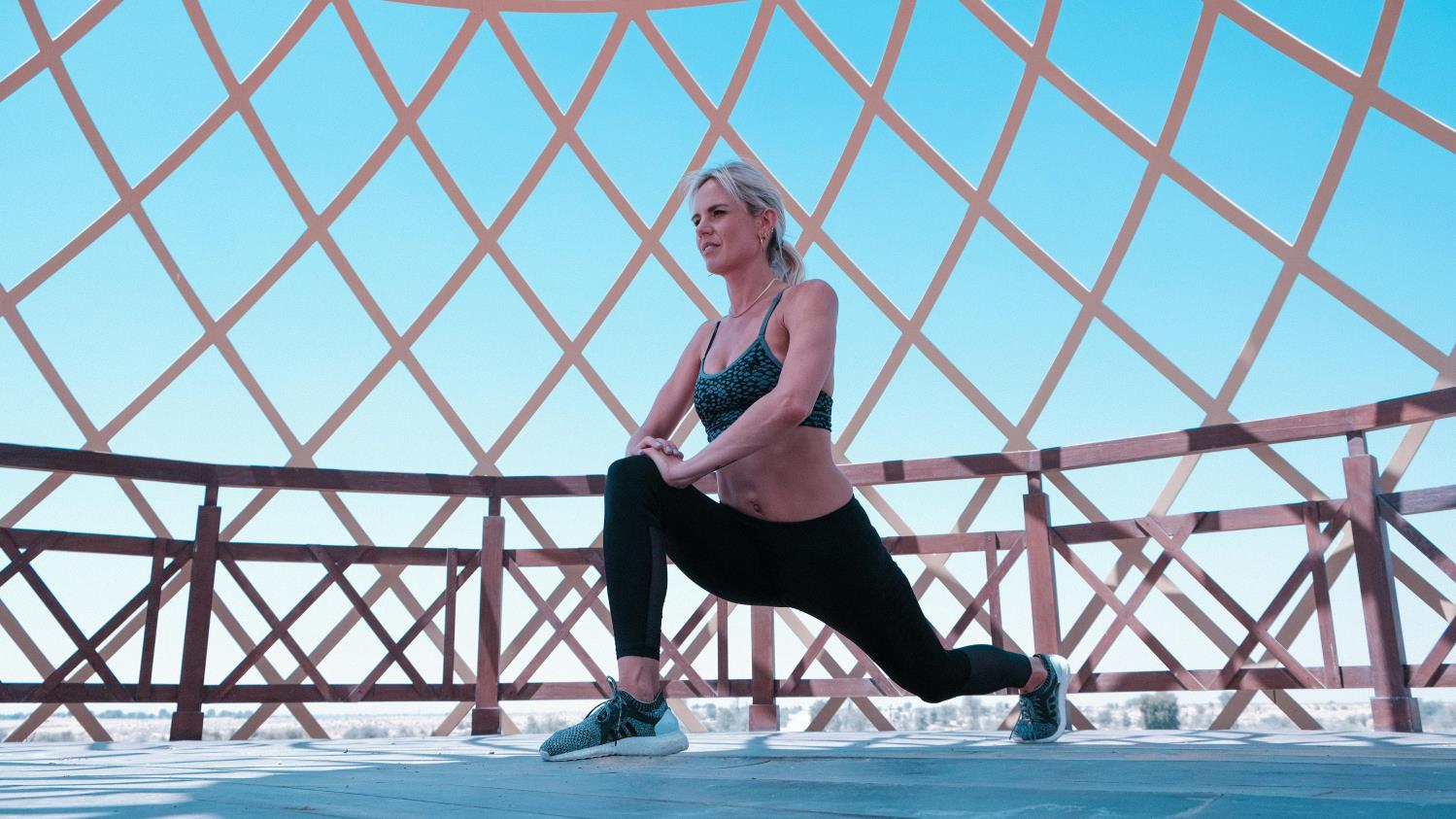
Photo by The Lazy Artist Gallery
Get your FREE 23-Page Athletes Guide to Strength and Conditioning
Plyometric Exercises
Plyometric exercises, which vary in difficulty, can be used to progress unilateral training routines. Note that the exercises below are ranked by level of difficulty from low to high. Start with low-intensity exercises and add medium- to high-intensity.
Unilateral lower-body plyometric drills include:
- Single-leg push-off (low)
- Lateral push-off (low)
- Lateral box jump (medium)
- Jump split squat (medium)
- Single-leg vertical jump (high)
- Single-leg tuck jump (high)
As you can see there are many different unilateral exercises that focus on your lower body, upper body and core. Below is an example of a routine that is great for triathletes:
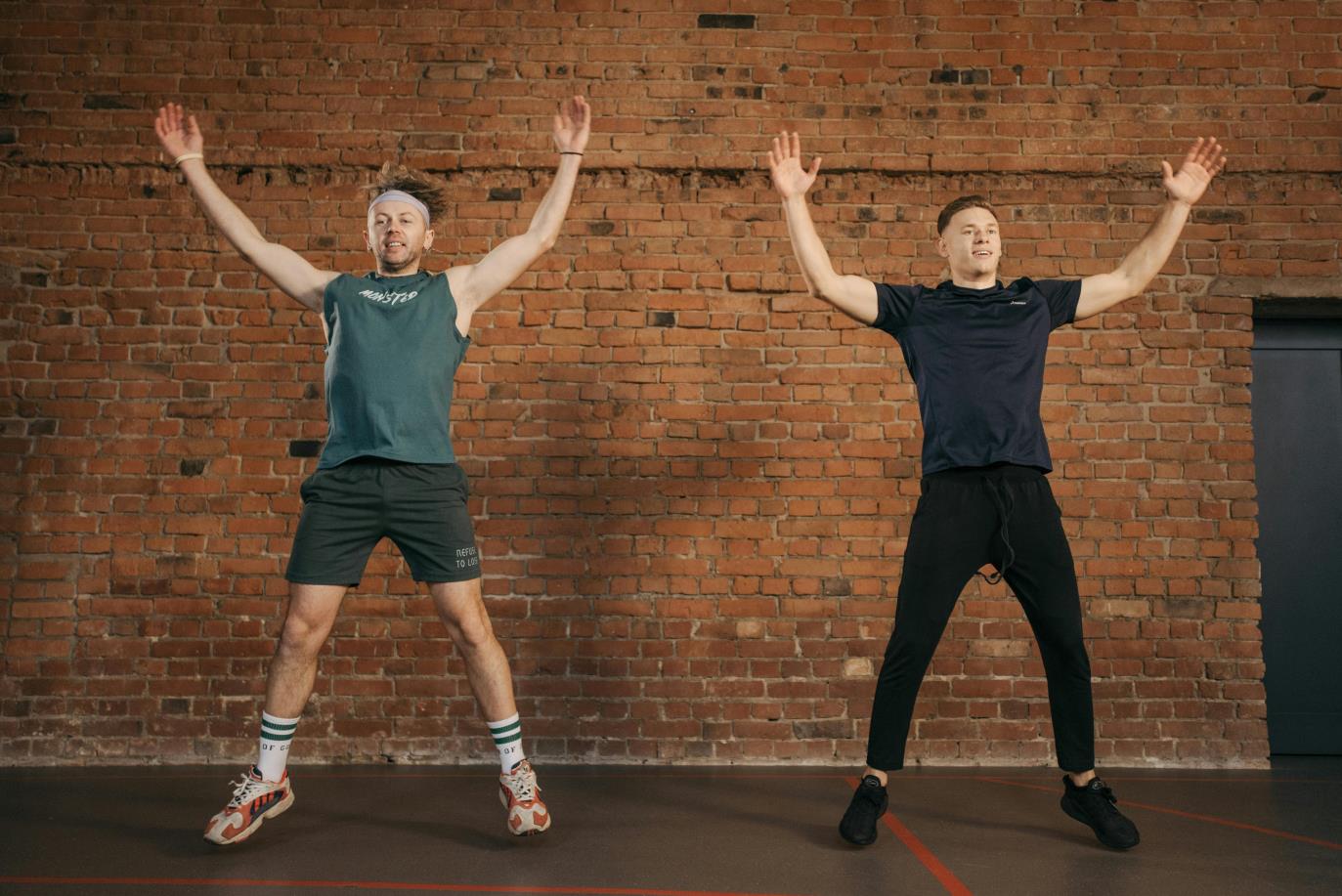
Photo by Pavel Danilyuk
Get your FREE 23-Page Athletes Guide to Strength and Conditioning
Lower Body Exercises
- Single-leg Bridge
- Reverse Lunge (Bodyweight (BW) or with dumbbells (DB))
- Lateral Lunge (BW or with DB)
- Single Leg RDL (BW or with DB)
- Single leg squat or pistol squat (can be completed with a TRX or Swiss ball if you are new to this exercise)
- Box Step Up (BW or DB)
Perform each exercise for 12 to 15 reps before moving to the next, resting as needed. Complete the full series for 1 to 3 rounds total.
Upper Body Exercises
These exercises are all completed using a dumbbell
- Bent over single arm row - 40 second right then 40 seconds left, repeat 1 to 3 times
- Laying down single arm chest press - 40 second right then 40 seconds left, repeat 1 to 3 times
- Single arm overhead shoulder press - 40 second right then 40 seconds left, repeat 1 to 3 times
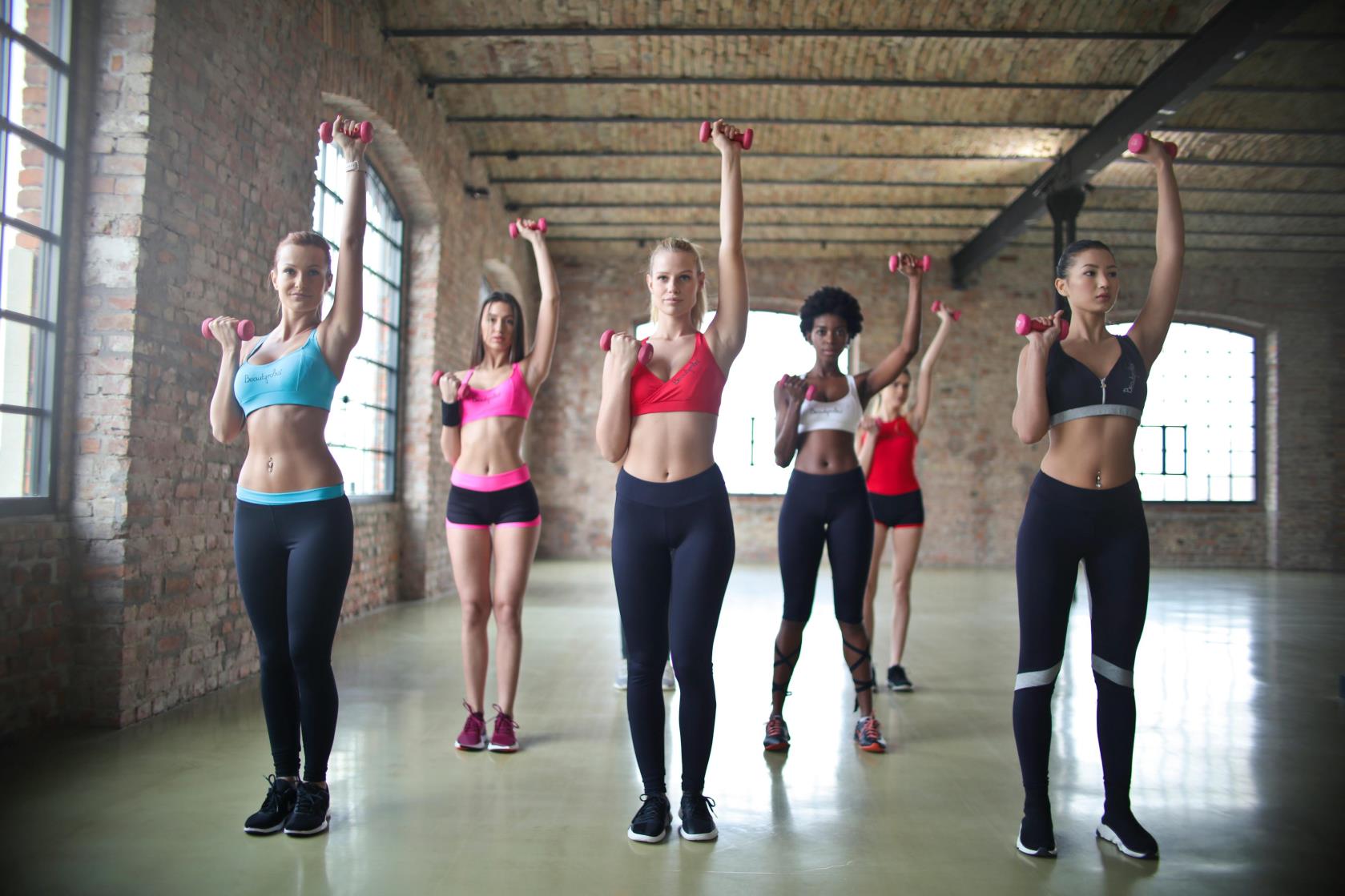
Photo by Andrea Piacquadio
Get your FREE 23-Page Athletes Guide to Strength and Conditioning
Core Exercises
- Bird dog with triceps kickback with DB - 40 second right then 40 seconds left, repeat 1 to 2 times
- Reverse Lunge with Knee Drive - 40 second right then 40 seconds left, repeat 1 to 2 times
- Side Plank on elbow with punch - 30 second right then 30 seconds left, repeat 1-2 times.
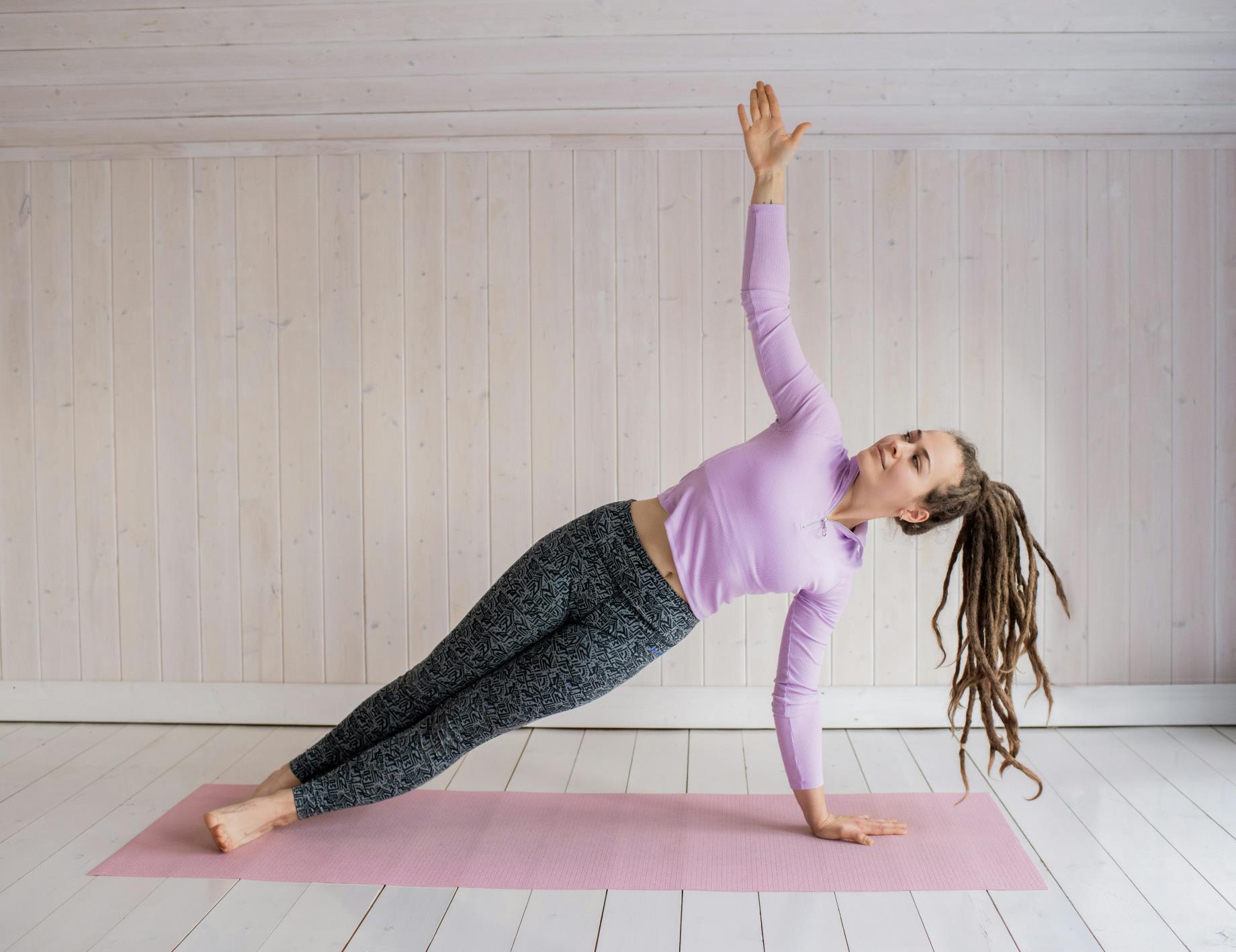
Photo by Alexy Almond
Get your FREE 23-Page Athletes Guide to Strength and Conditioning
Conclusion
If you are adding strength and conditioning into your annual training plan, then it´s well worth considering adding in unilateral training. As you can see it’s great for improving your balance, builds functional strength and for working your core and stabilisation muscles which are used for swimming, cycling and running
You can find the exercises on the ChiliTri YouTube channel.
Would you like a free training plan? Claim your free plan or e-book.
Get your FREE Strength and Conditioning 7-day plan here.
Get your FREE Guide to Strength and Conditioning
Would you like to talk about your training? Get in touch here.
Karen Parnell is a Level 3 British Triathlon and IRONMAN Certified Coach, 8020 Endurance Certified Coach, WOWSA Level 3 open water swimming coach and NASM Personal Trainer and Sports Technology Writer.
Karen is currently studying for an MSc in Sports Performance Coaching at the University of Stirling.
Need a training plan? I have plans on TrainingPeaks and FinalSurge:
I also coach a very small number of athletes one to one for all triathlon and multi-sport distances, open water swimming events and running races, email me for details and availability. Karen.parnell@chilitri.com
Get your FREE Guide to Running Speed and Technique
Get your FREE Swim Workouts for Triathletes E-book
Get your FREE Open Water Swimming Sessions E-Book
Get your FREE 23-Page Athletes Guide to Strength and Conditioning
FAQ: The benefits of unilateral training for runners and triathletes
What is unilateral training?
Unilateral training refers to exercises that focus on working one side of the body at a time, rather than using both sides simultaneously. It involves exercises such as lunges, single-leg squats, single-leg deadlifts, and single-arm or single-leg dumbbell exercises.
What are the benefits of incorporating unilateral training into a running or triathlon training program?
Unilateral training offers several benefits for runners and triathletes:
- Muscle balance and symmetry: Unilateral exercises help address muscular imbalances that can develop over time due to the repetitive nature of running and cycling. By working each side independently, you can identify and correct any discrepancies in strength and stability between the left and right sides of the body.
- Core stability and balance: Unilateral exercises require more engagement of the core muscles to maintain stability and balance. This helps improve overall core strength and enhances stability during running and cycling, leading to better performance and injury prevention.
- Injury prevention: By targeting imbalances and strengthening the stabilizer muscles, unilateral training can help reduce the risk of overuse injuries, such as IT band syndrome, patellofemoral pain syndrome, and Achilles tendonitis.
- Functional strength and transferability: Unilateral exercises closely mimic the demands of running and triathlon events, where the body is in a single-leg stance for a significant portion of the time. Developing strength and stability in each leg individually translates to improved running and cycling efficiency.
- Improved running form and efficiency: Unilateral exercises help runners develop better proprioception and kinesthetic awareness, leading to improved running form, stride mechanics, and increased running efficiency.
- Performance enhancement: By addressing imbalances, improving stability, and enhancing core strength, unilateral training can lead to improved power output, acceleration, deceleration, and overall performance in running and triathlon events.
How often should unilateral training be incorporated into a training program?
The frequency of incorporating unilateral training into a training program can vary depending on individual goals, training volume, and current abilities. Aim to include unilateral exercises at least once or twice a week in your strength training routine. Start with lighter weights or bodyweight exercises, and gradually progress the intensity and difficulty as your strength and stability improve.
What are some examples of unilateral exercises for runners and triathletes?
Here are a few examples of unilateral exercises:
- Walking lunges
- Single-leg squats
- Single-leg deadlifts
- Step-ups
- Single-leg calf raises
- Single-arm or single-leg dumbbell rows
- Single-leg glute bridges
- Side lunges
Should unilateral training replace bilateral training (exercises involving both sides of the body) completely?
No, unilateral training should not replace bilateral training entirely. Both types of exercises have their place in a well-rounded training program. Bilateral exercises, such as squats and deadlifts, still play a crucial role in developing overall strength and power. It's important to strike a balance between unilateral and bilateral exercises to reap the benefits of both.
Can unilateral training be done without weights or equipment?
Yes, unilateral exercises can be performed using bodyweight alone. Exercises like lunges, single-leg squats, and single-leg calf raises can be done without additional weights or equipment. However, incorporating resistance through dumbbells, kettlebells, or resistance bands can provide additional challenge and progression.
Always consult with a qualified fitness professional or coach to ensure proper form, technique, and appropriate exercise selection based on your individual needs and goals.
References
https://www.britishtriathlon.org/training/strength-and-conditioning/single-leg-training
#triathlon #unilateraltraining #swimming #cycling #running #strengthandconditioning #strengthtraining #chilitri #triathloncoach
#blog #chilitri #unilateraltraining #triathlontraining #strengthandconditioning #swimmingtrainingplan #cyclingtrainingplan #runningtrainingplan #swimming #cycling #running
